May 10, 2025
Letters from Indochina (Part 41)
By Simon J. Lau
I’m back in Hanoi, this time staying long enough to reconnect with the city rather than just passing through. It’s a place of contrasts: motorbikes racing down leafy boulevards, crumbling colonial buildings beside luxury shops, and ancient temples tucked between street stalls. For over a thousand years, Hanoi has been Vietnam’s political and cultural center. Capital to emperors, colonizers, and revolutionaries.
You can feel that history in the streets from the French facades, Soviet-era blocks, and centuries-old pagodas. All layered into a city that’s weathered conflict yet never feels stuck in the past. It was my favorite city in Southeast Asia before this trip, and as it comes to a close, it still is. I love the energy, the rawness, and the faded edges that make it unlike anywhere I’ve ever visited.
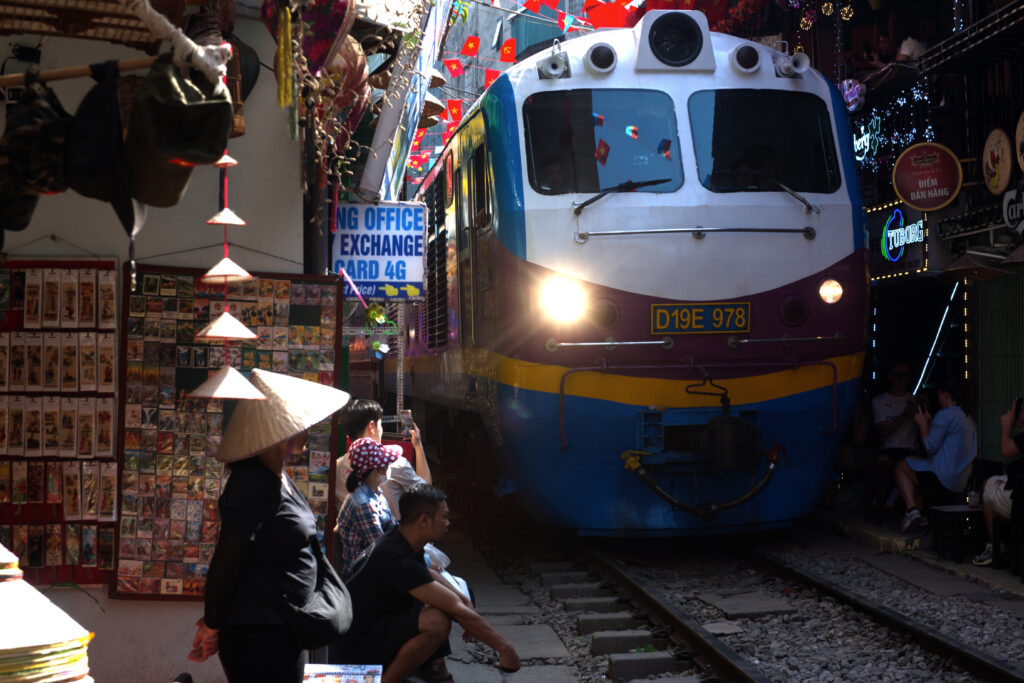
Nowhere captures that blend of grit and character better than Hanoi Train Street, the narrow rail corridor that cuts through the Old Quarter, where trains barrel past just inches from doorways, laundry lines, and daily life. The tracks were originally laid by the French in the early 1900s, and over time, residents built homes, shops, and eventually cafes so close to the line that trains now have to slow down when passing. Although it’s become overly commercialized, it’s still a neat experience and a small thrill to see in person.
Although, I’m surprised the government still allows for it. A yellow line runs along the cafe strip, meant to keep visitors safe, but unlike the wide safety margins on American subway platforms, this one offers almost none. Just before the train passed, a local spotter had to call me out twice for standing too close, and thank god he did. As the train rumbled by, I could practically feel the metal grab bars brushing past me.
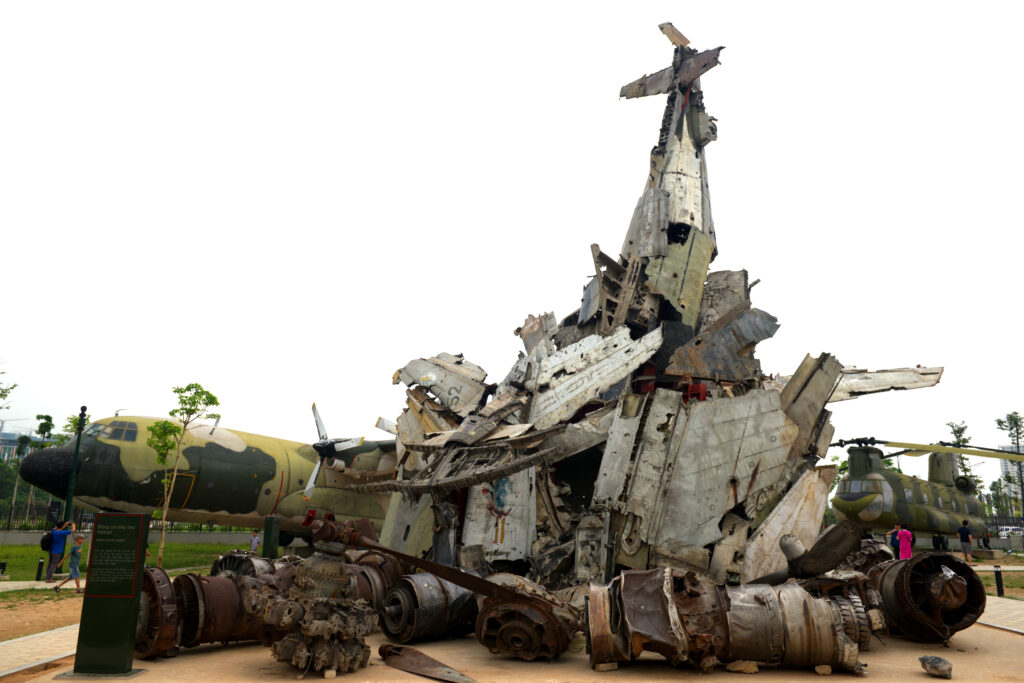
In the afternoon, I visited the newly built Vietnam Military History Museum, which opened in November 2024 and reflects the country’s effort to modernize how it presents its military past. The exhibits span centuries of conflict, but the section with the most extensive collection of artifacts focuses on the First Indochina War, Vietnam’s struggle for independence from French colonial rule, and the Vietnam War, known locally as the Resistance War Against America.

While I was observing the tanks, aircraft, and other heavy military hardware on display outside, I met a decorated Vietnamese veteran. He asked me to take his photo in front of a Soviet-era truck, possibly similar to one he had operated during the war, and then graciously posed for a photo with me. I can only imagine what he endured through years of conflict and hardship, but it felt meaningful to see him here, in a place that honors his sacrifice, his people’s struggle, and the enduring resilience of the Vietnamese.
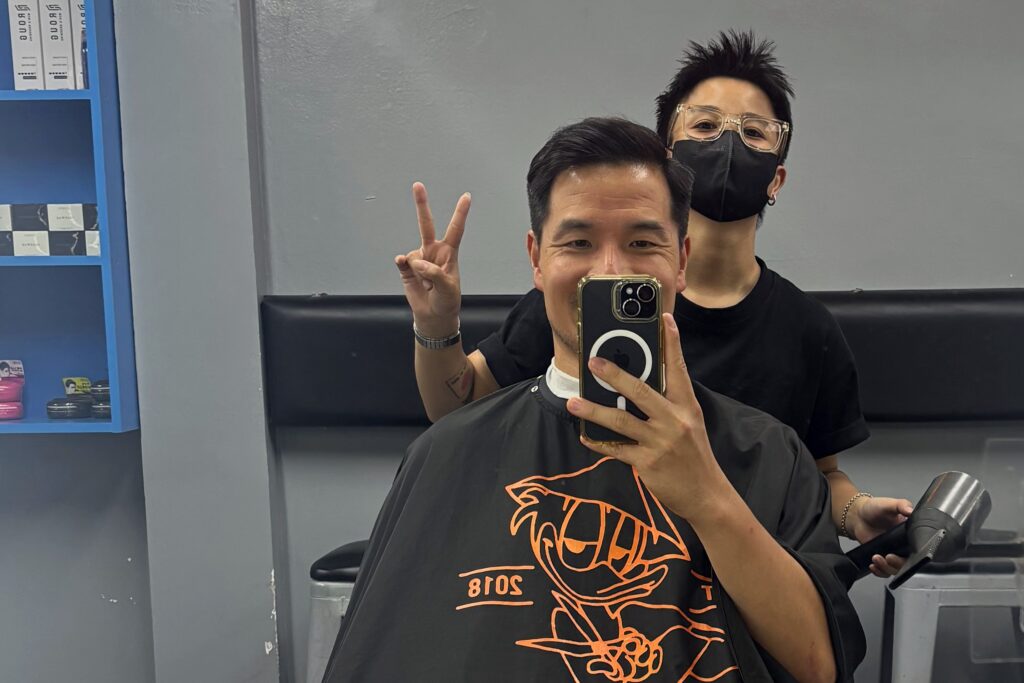
Afterward, I squeezed in a haircut before heading back to San Francisco, my last chance for a high-quality, low-cost trim. The shop I visited in Phnom Penh still wins for the better cut, but this place had an unbeatable hair wash. I don’t usually go for one, but they didn’t just wash my hair, they massaged my scalp and face, too. I didn’t know I needed that in my life, but now I’ll crave it. I doubt I’ll find anything like it back home, and even if I do, I probably can’t afford it. All this for just $10 USD (before tip). Just another reason I keep telling Jean we should move to Southeast Asia.
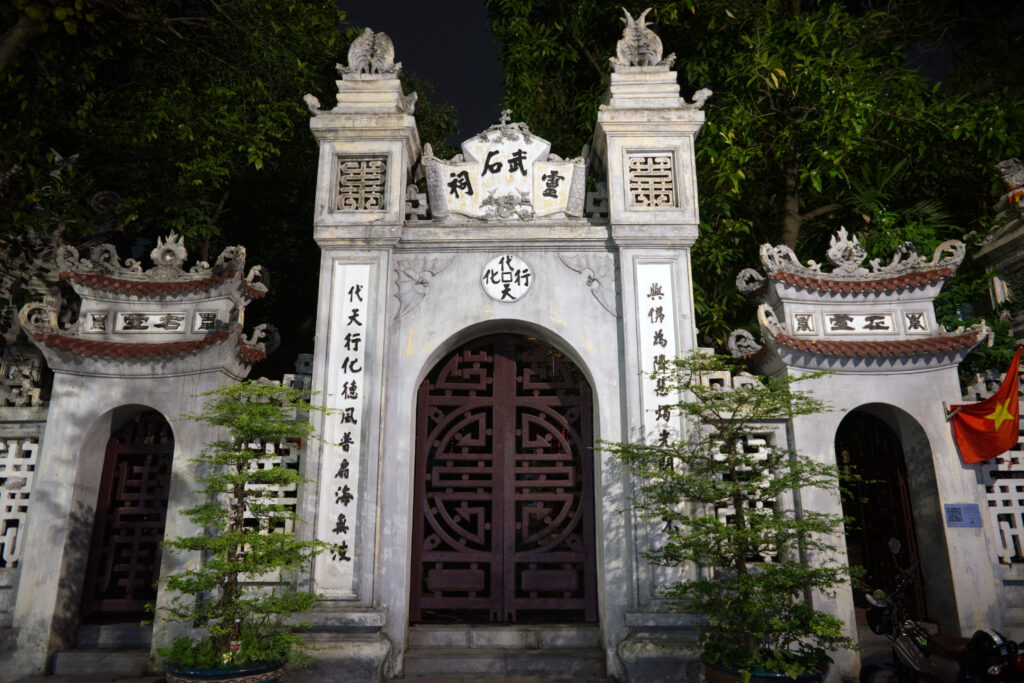
Before bed, I took a stroll and passed one of the many Buddhist temples in the neighborhood. Before this trip, I had assumed Buddhism across Asia was more or less the same, but I’ve since learned there are several distinct forms, each shaped by history, culture, and geography.
In Laos and Cambodia, most people follow Theravada Buddhism, which came from Sri Lanka and emphasizes meditation, simplicity, and the teachings of the historical Buddha, preserved in an ancient set of scriptures known as the Pali Canon. In daily life, this plays out through a strong focus on the monastic community: people regularly offer food to monks, observe quiet rituals, and temple visits for merit-making.

Vietnam, by contrast, practices Mahayana Buddhism, which came through China and incorporates a broader range of beliefs, including bodhisattvas, enlightened beings who delay nirvana to help others. It blends easily with local traditions, ancestor worship, Confucian values, and Taoist ideas. As a result, daily practice in Vietnam often revolves around home altars, ancestral rites, and elaborate temple offerings. It’s less focused on monks, and more rooted in the household and family life.


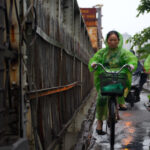

Comments are closed.